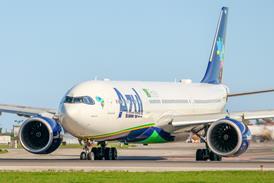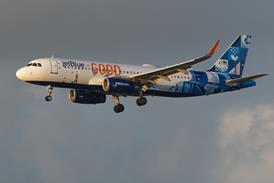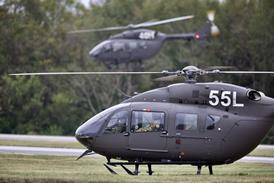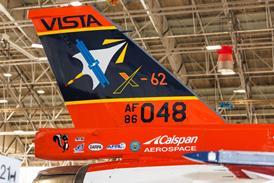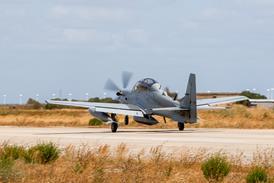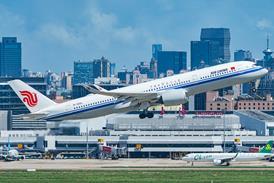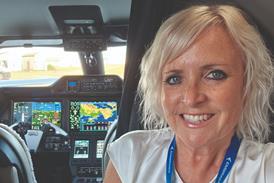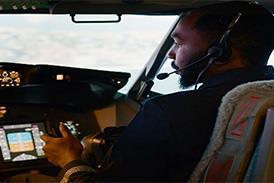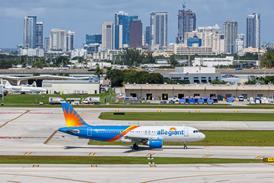MBDA looking at improvements including battle damage assessment capability
The UK's introduction into service of the Storm Shadow cruise missile in the opening days of 2003's "Operation Iraqi Freedom" was nearly thwarted by a crucial test failure, according to information revealed late last month.
Conducted at the US Navy's China Lake facilities in California in October 2002, the second live firing of a Storm Shadow ended in failure after the test range's telemetry transmitter strayed from its set frequency, causing the more than 250km (135nm)-range weapon to lose contact with the device via a Lockheed Martin NP-3 Orion communications relay.
Under the safety case established for the test campaign, a termination command was triggered after communications were lost for more than 4s, prompting the weapon to climb, lose control and crash, says Simon Walker, Qinetiq's service evaluation trials manager for the programme.
With a third test round already delivered to China Lake and renewed hostilities with Iraq looking ever more certain, the trials team opted to repeat the failed mission without modifying the weapon's 4s safety command, as doing so would have inflicted weeks of delay on the test programme, Walker told the Royal Aeronautical Society's (RAeS) Deep Strike conference at Boscombe Down on 24 February.
The Storm Shadow was successfully test fired in early January 2003, and was not flown again until the Royal Air Force conducted its first operational strike with the weapon during the opening days of the war on 21/22 March. The developmental missile had completed only two of its seven planned test firings before entering service, but a further 27 were successfully fired during the Iraq campaign.
MBDA used the RAeS conference to outline its plans for the continued development of the Storm Shadow missile, with extended range, network-centric operations and increased survivability at the top of its expected future capabilities.
The company is now looking to add a datalink to enable the weapon to send images from its imaging infrared seeker back to its host aircraft for battle damage assessment. This capability could be expanded to include the integration of a two-way datalink to allow the round to be retargeted in flight, MBDA says.
Future versions of the weapon could fly at lower level using improved terrain profile matching software, while survivability could be further enhanced by using anti-jamming devices and stealth technologies. A future range extension could be achieved by adding fuel, using a different fuel type or replacing the weapon's current turbojet engine, the company says.
CRAIG HOYLE BOSCOMBE DOWN
Source: Flight International

